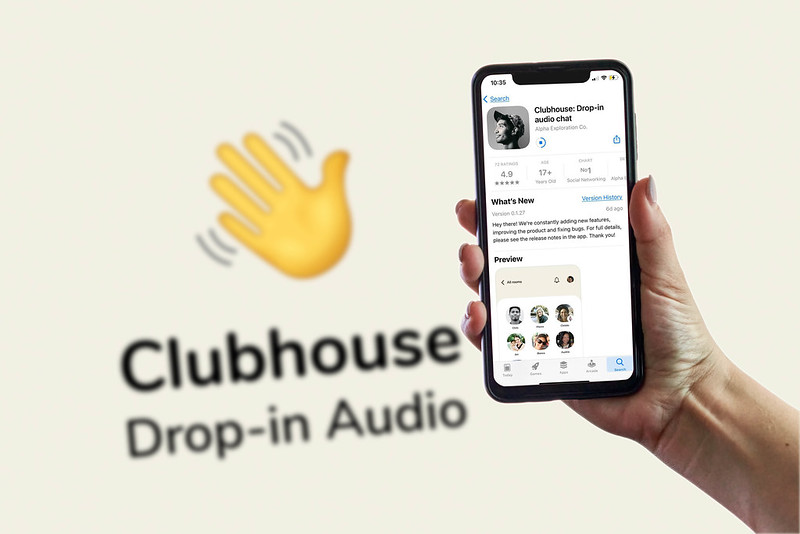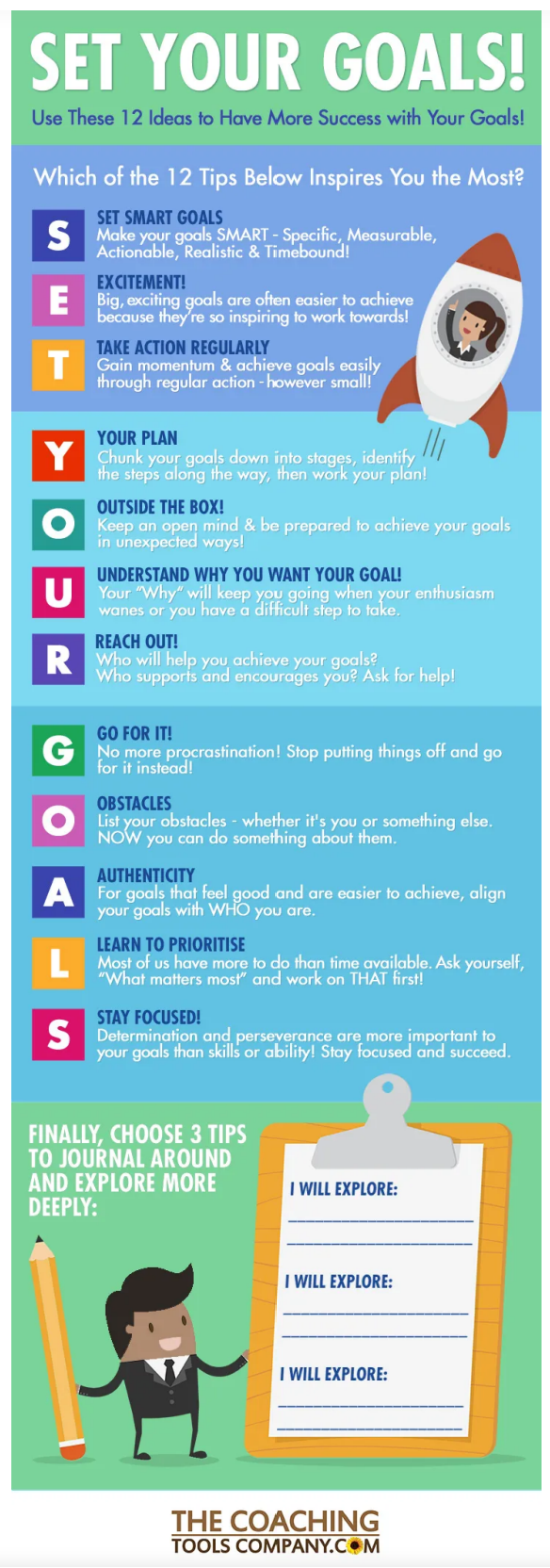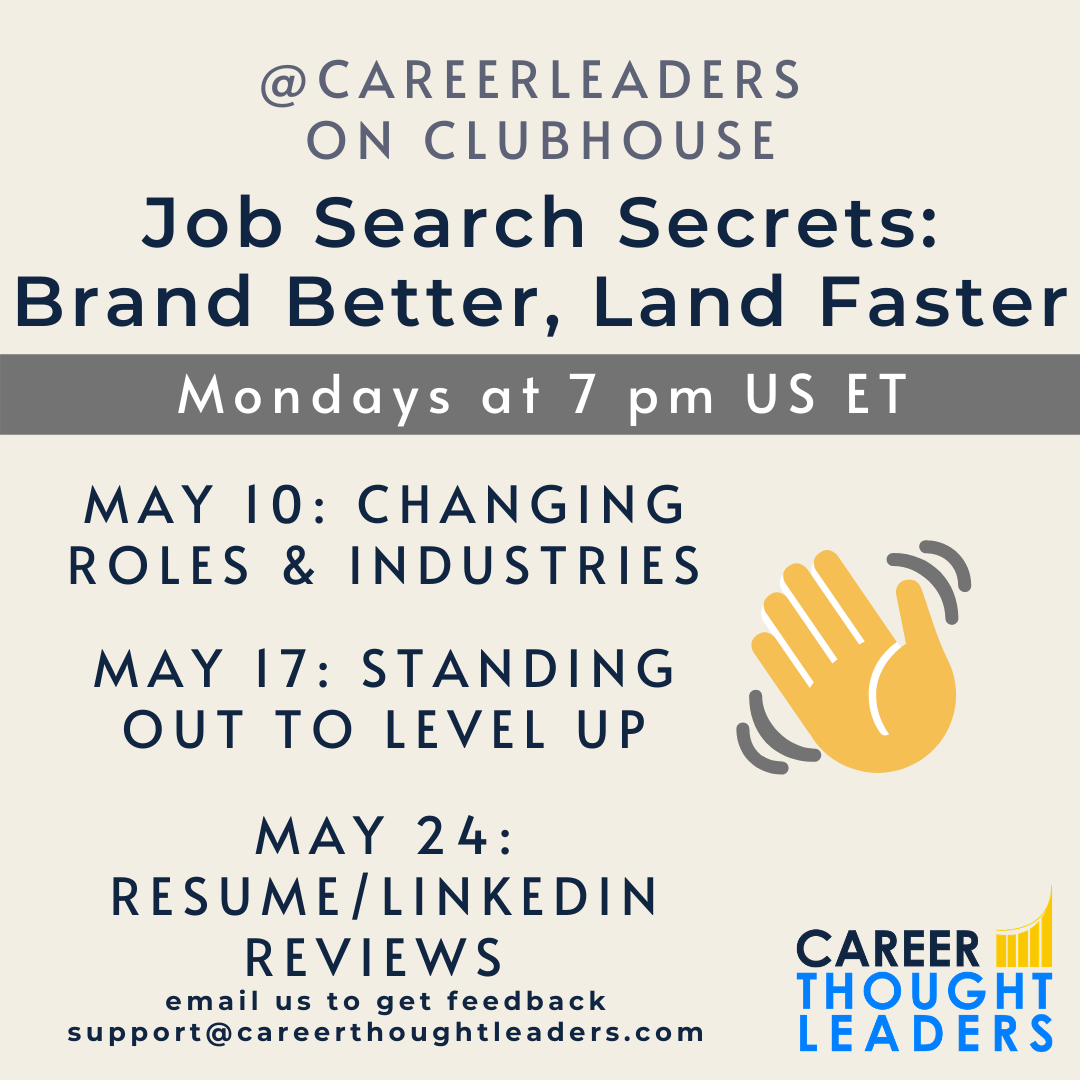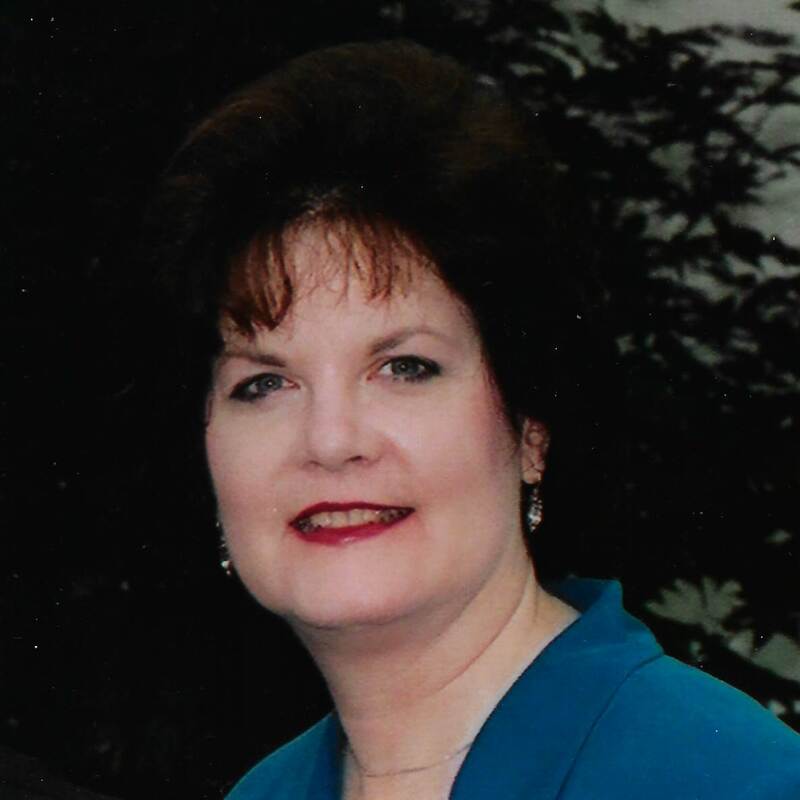|
Introduction
Ask three eyewitnesses of a car accident what they saw, and you’ll get three different viewpoints of how the collision happened. Since eyewitness accounts tend to vary, it’s up to the police officer to examine the scene of the accident and vehicles involved, find the root cause of the collision, and issue a citation to the driver who violated established traffic laws. Do a quick Google search, and you’ll find a ginormous amount of web content about writing résumés and other job search documents that provide conflicting advice. What’s right, what’s wrong, and who cares? Wouldn’t you like to rescue your résumé wording, cover letter content, and career bios from common errors and win more interviews? Identifying & Resolving Common Grammatical Errors The quality of your career marketing documents directly affects your ability to get noticed, generate interviews, and articulate your value so that you can land a better-paying job. At the risk of sounding like the grammar police, some of the most frequent grammatical errors I see people make are writing from the wrong point of view and using incorrect verb conjugations and verb tenses. Q: What is point of view and why is it important? A: According to the Merriam Webster online dictionary, point of view is “a position or perspective from which something is considered or evaluated.” (1) In literature, point of view is the perspective that the narrator holds in relation to the events and other characters in the story. (2) There are three basic points of view — first person, second person, and third person — that can use singular or plural pronouns. Let’s focus on the pronouns, highlighted in blue, that are used as the subject of the following sentences that demonstrate point of view (POV). First-person POV: I direct a department of 35 sales representatives. Second-person POV: You direct a department of 35 sales representatives. Third-person POV: He or she directs a department of 35 sales representatives. Where most people get confused by POV is how it affects verb choices. For ongoing action, use present-tense verbs (highlighted in blue). First-person POV: I direct a department of 35 sales representatives. Second-person POV: You direct a department of 35 sales representatives. Third-person POV: He or she directs a department of 35 sales representatives. (Notice the addition of the letter “s” to the verb in the third-person POV.) Q: What point of view should I use when writing my cover letter? A: The first-person POV is the right choice for writing your cover letter because it enables you to tell your career story from your perspective. Here’s an easy way to remember first-person POV: When you are telling a story through your eyes, use the pronoun “I.” You are in the driver’s seat, sharing your career story with people who have the capacity to hire you. Q: “What point of view should I use when writing my résumé? A: The current U.S. best practice is to write your résumé in the first-person-implied POV, omitting all personal pronouns including I, me, my, mine, myself, we, us, our, and ourselves. (3) For a current job or ongoing career-related activities, use present-tense verbs in the first-person-implied POV. Exclude all personal pronouns from your résumé content. Example: Design business development strategy and strengthen sales effectiveness to generate substantial increase in annual recurring revenue. In this example, we used the present-tense verbs (design and strengthen) to describe the goal of increasing annual recurring revenue. Notice that the pronoun “I” is understood, and it is not included in the résumé wording. For accomplishments and all previous jobs, use past-tense verbs in the first-person-implied POV: Example: Designed business development strategy and strengthened sales effectiveness by 20%, which generated a $10 million increase in annual recurring revenue. Notice the use of the past-tense verbs (designed and strengthened) to describe and quantify the accomplishment. Again, the pronoun “I” is understood; therefore, it is omitted from the résumé content. People get confused about POV when describing previous jobs or accomplishments. The determining factor for using the verbs designed and strengthened is not POV but the choice of whether to use a present-tense verb or a past-tense verb. That’s good news for people with grammar phobia, because the verbs are exactly the same in the past tense, despite the point of view! Q: When is second-person POV used? A: Second-person POV is used when giving instructions or directives. Think of a driver’s ed coach telling a student, “You must take the next right turn to avoid the accident ahead.” More than likely, the driving coach would speak in the second-person-implied POV, leaving out the pronoun “you” and the word “must,” and simply say, “Take the next right turn.” Do not use second-person POV in your résumé wording because you are writing about yourself, not giving directions or commands to anyone else. Although, in a lengthy job search when your frustration rises, you may fantasize about reaching through your computer screen, grabbing the hiring manager by the shirt collar, and yelling, “Can’t you see I’m the perfect person for the job? Hire me!” Q: Is third-person POV an acceptable alternative when writing my résumé? A: No. Always write your résumé in the first-person-implied POV, dropping the pronouns (e.g., delete I, me, my, mine, myself, we, us, and our). (3) The American industry standard is to write your résumé in the first-person-implied POV without personal pronouns. (4) It is inappropriate to refer to yourself by name or in the third-person POV in your résumé. Writing in the third-person POV creates an uncomfortable distance between you and the reader and can give readers the impression that you are egocentric or pompous, which is not the first impression you want to make on recruiters and hiring teams! (5) Remember, you are in the driver’s seat describing your own career journey, not in the passenger’s seat describing someone else’s actions. Search for and delete any third-person pronouns such as he, she, they, him, her, or them in your résumé wording because you are the author of your résumé. Using first-person-implied POV in your résumé connects readers with your unique career story. Even if you hire a professional résumé writer who serves as your ghostwriter, the writer creates your résumé content using the first-person-implied POV on your behalf. There is one notable exception. Think of the word “who” as a yield sign. In the professional summary at the top of page one on your résumé, you might describe yourself as a “Business development executive who optimizes market expansion and client acquisition and directs strategic initiatives to minimize risk and drive growth across multiple product lines.”(6) The word “who” becomes the key determiner of verb choice. Notice the letter “s” on the verbs optimizes and directs, which are the third-person conjugation of these verbs. When the word “who” is used after the noun phrase “business development executive,” the verbs that follow the word “who” take on the third-person POV. Think of it as saying, “I am one who optimizes and directs ...” Delete “I am one” and replace it with the noun phrase “Business development executive who optimizes … and directs strategic initiatives ….” If you choose to use the word “who,” be consistent in using the same construction in subsequent paragraphs in your professional summary. Caution: Don’t use too many present participles (verbs that end in “ing”), because it can also distance readers from your actions. But that’s a grammar lesson detour we’ll save for another day. Q: In the professional experience section of my résumé, does the POV change, depending on whether it is a current job or a previous role? A: No. The first-person-implied POV is correct throughout your résumé, but verb tenses change, depending on whether you are describing a current job, a previous role, or an accomplishment. Q: How do I know which verb tenses are correct to use in my résumé? A: Choice of verb tenses in your résumé depend on whether the action takes place in the past or present. Q: What about when I’m describing the scope of my job and accomplishments, does the POV change or does the verb tense change? A: The overview statement for your current job is written in the first-person-implied POV using present-tense verbs and shows a snapshot of the scope of your current role. Example: Guide business development and customer success initiatives throughout the customer lifecycle from lead generation to customer acquisition, expansion, and renewal. Be aware that accomplishment statements in your current role are written in the past tense because you’ve already achieved the results you are sharing in your résumé. For any previous role, a brief overview statement is written in the past tense. Example: Guided business development and customer success initiatives throughout the customer lifecycle from lead generation to customer acquisition, expansion, and renewal. In this situation, it’s a no-brainer because your previous job and key achievements happened in the past. Again, be mindful to omit all personal pronouns. Keep your scope statement short; limit it to two or three lines max. Recruiters and hiring teams don’t want to read résumé wording that sounds like a job description. They want to learn how you made a difference at work. Avoid phrases like “duties included” or “responsible for.” Instead, lead with an active verb and describe accomplishments that demonstrate relevant and quantifiable business outcomes. Also, limit the use of adjectives (words that qualify nouns) and adverbs (words that modify verbs and usually end in “ly”). Q: What POV should I use in writing a career bio for a company website or a speaker’s introduction? A: Third-person POV is the right choice for writing a career bio or speaker’s introduction because the company website would be conveying information about you to readers, and someone else would be introducing you to the audience if you are speaking at an event. If you are writing your own career bio or speaker’s introduction, write in the third-person POV, refer to yourself by name, and use third-person pronouns such as he, she, they, him, her, or them. Conclusion Make sure your résumé, cover letter, and career bio convey your unique value to positively influence interviewing and hiring decisions. Don’t let grammatical errors in your career marketing documents stop you from being considered for a job opportunity. Here’s a quick recap of what we’ve learned about point of view, verb choices, and verb conjugations in your job search documents:
Thanks for traveling with me down the grammar highway to learn the writing strategy and grammar rules for different types of career marketing documents. While the English language is full of nuances, I hope this grammar tour has given you the confidence to analyze and correct the wording of your documents. If you’d like to save the stress of writing your career marketing documents yourself or need help with networking strategy and interview preparation, I would be delighted to work with you. Click on writing services or coaching services to learn more, or click here to book a discovery call. Sources
Adopting an agile mindset and engineering approach to your job search enables you to be flexible and effective in achieving results. Use an iterative process to design, build, test, evaluate, and improve your job search effectiveness.
Apply the 5 Steps of the Iterative Process Model to Your Job Search
Realize that some aspects of your job search are out of your control such as how long it takes the company to go from recruiting to interviewing to extending an offer, but there are best practices for follow-up communications in each of these situations. Please remember how important collaboration is to your job search success. Surround yourself with a small support team. Do you have a trusted friend who is a great networker, a person who has interviewed and hired people in your industry, or a person who is an expert negotiator? Hiring a career coach to guide you through analyzing your strengths, gaining career clarity, providing you with appropriate resources, and helping you implement new ideas, test the results, and reduce risks can save you time and effort in your job search. If you are unemployed or underemployed, assessing and adapting your job search activities is especially important, because each week that you are out of work, or working for less than you are worth, costs you money. As your career coach, I’d be delighted to help you achieve your goal of landing a great job fast. Schedule a free 20-minute discovery call today. Have you ever been so nervous that you bombed an interview? I have, and it felt awful! My rambling responses were obvious indicators that I blew my chance to land a job at an amazing company.
That’s why I want to save you from making the same interview blunders and thinking, I should have been better prepared. I should have said this rather than that. You won’t be rehashing those shoulda, coulda, woulda moments when you have a proven method for interview preparation that helps you perfect your interview answers. Feel more relaxed and confident in your in-person or virtual interviews. The WinTheView™ platform enables you to record multiple career success stories to demonstrate your unique strengths and skills. As your certified WinTheView Career Consultant, I’ll guide you through creating compelling content to entice recruiters and hiring managers to offer you an interview. I’ll show you how to follow up after interviews to convince your prospective employer that you are the right person to hire by using the WTV platform. My client, a customer success executive, received two strong job offers in 45 days. We worked together in career coaching sessions to dive into company research, capture his STAR stories, develop custom interview presentations for his target companies, and conduct mock interviews. His dilemma was deciding which six-figure job offer to accept. It was a nice problem to have, don't you think? Click here to schedule a virtual coffee chat to learn how WinTheView™ can help you ace your interviews and win lucrative job offers. Cheers to your interview success! Sharla LEADx is a learning and coaching app for executives that includes the Top 5 CliftonStrengths assessment, Coach Amanda (an AI-powered leadership coach), and 200+ micro-learning courses on developing your executive presence and senior leadership skills.
You can download the free app from Google Play or Apple apps. It also has the DISC profile and other assessments. Make the most of your screen time by developing your soft skills instead of scrolling through endless posts on social media! Written by a Pro offers great resources for executives and mid-career professionals. Did you know that when you purchase a gold-level resume package, you'll gain access to the Gold Club, a members-only page with a listing of 150+ resources and tools to help you in your job search journey? If you'd like more information on the Gold Club members-only resources schedule your free, 20-minute consultation with me. All the best, Sharla Cheers to your career advancement in 2022!
A proactive and productive job search begins with setting SMART goals (specific, measurable, actionable, and timebound goals). New Year's resolutions without systems and strategies in place for you to take actions that produce positive results will cause you to fall short of achieving your goals. Don't sabotage your job search by not having a strategic job search plan in place. I would be delighted to help you gain career clarity, develop your career marketing documents (resume, cover letters, LinkedIn profile, professional bio, interview presentations, etc.), and work with you in career coaching sessions to develop your job search strategy and action plans. Schedule your appointment for a free 20-minute consultation using this link: https://www.calendly.com/writtenbyapro. Remember, set SMART goals, track your progress, and celebrate small wins each day that move you closer to goal achievement.  Studies show that if you are not in an active job search, you are less likely to engage people in your professional network. That’s a huge mistake. Staying top-of-mind with your professional network is super important, especially when you are not actively seeking employment. Let me explain. A popular movie trivia party game of the 1990s was based on the premise that any actor can be linked to Kevin Bacon in six steps or less. The actor’s “Bacon Number” showed the number of degrees of separation between the actor and Kevin Bacon. The party game demonstrated the idea that any person on Earth could meet anyone in the world with six or fewer steps between them and another person. The social science behind six degrees of separation dates back to the 1960s. The idea that a friend-of-a-friend, six-link chain could connect any two people on the planet is intriguing. LinkedIn is built on the idea of person-to-person connectivity to help people find employment. But, if you are like me, you have numerous connections on LinkedIn that you don’t know personally. How do you filter out your close connections from the massive number of LinkedIn connections to the people you actually know, like, and trust? Do you have a plan to reach out to these close contacts on a regular basis to build strong business relationships?” As a certified career coach and networking strategist, I can help you build, optimize, and manage your professional network. By proactively messaging close contacts regularly, you will not fall prey to the pandemonium associated with job loss in this crazy economy. If the unexpected layoff does happen, you will have numerous people who are happy to serve as your champions and introduce you to a friend-of-a-friend who may know of a job opportunity that is perfectly suited for you. We hope you will join us for a casual conversation about all aspects of job search including building connections on LinkedIn and maintaining your professional relationships every Monday at 1:00 pm Eastern on Clubhouse sponsored by Career Thought Leaders and hosted under the Thought Leadership Branding Club. We have a great team of career industry authorities on the panel to answer your job search questions. If you are not on the Clubhouse app and need information, please send me a message to [email protected]. If you are already on Clubhouse, follow me on Clubhouse @sharlataylor to be notified when the job seeker's room opens each week. You have the opportunity to ask me anything during the Clubhouse meeting. To submit your questions in advance, look for the paper airplane icon on the bottom right corner to access the backchannel and send me your question for that day's Clubhouse meeting. Are you finding it difficult to block out time to search for a new job?
Today, I listened to a fabulous Clubhouse meeting with Marie Zimenoff, CEO of Career Thought Leaders, and Emily Allen, international bestselling author and productivity coach. The takeaways from today’s session can easily apply to your job search.
A career coach can help job seekers put systems and processes in place to help people focus their job search efforts on actions that will yield a higher ROI. People who have some type of job search support, whether it is individual or group coaching sessions, land their next role up to 20% faster than people who try to go it alone. The investment you make in yourself could save you thousands of dollars by landing your next professional role faster. Time management is crucial to your job search success. Make every minute count! Without a doubt, the workplace has changed in the past few months due to the COVID-19 pandemic. Businesses and employees are striving to keep up with supersonic change due to the economic challenges of the public health crisis.
LinkedIn reports that there are *four key themes* shaping the future of work:
If you've lost your job during the pandemic, stay hopeful. “Just because the past didn’t turn out like you wanted it to doesn’t mean your future can’t be better than you imagined.” - Ziad K. Abdelnour There are huge opportunities ahead if you understand the dynamics and trends of the emerging job market. Working with a certified professional career coach will help you shape your career to meet the demand for what's new and what's next in the future of work. This week I am attending Career Thought Leaders Career Jam 2020 where industry experts will be sharing information on:
I can't wait to share new and emerging job search and career management trends in our upcoming group coaching program Mission Possible: Jumpstart Your Job Search! The pilot of the course launches January 4, 2021. Click here to register now at a huge discount! *Source: https://economicgraph.linkedin.com/the-future-of-work Studies show that if you are not in an active job search, you are less likely to engage people in your professional network. That’s a huge mistake. Staying top-of-mind with people in your professional network is super important, especially when you are not actively seeking employment. Let me explain.
A popular movie trivia party game of the 1990s was based on the premise that any actor could be linked to Kevin Bacon in six steps or less. The actor’s “Bacon Number” showed the number of degrees of separation between the actor and Kevin Bacon. The party game demonstrated the idea that any person on Earth could meet anyone in the world with six steps (or less) between them and the other person. The social science behind six degrees of separation dates back to the 1920s. The idea that “a friend-of-a-friend, 6-link chain” could connect any two people on the planet is intriguing. LinkedIn is built on the idea of person-to-person connectivity to help people find employment. But, if you are like me, you have numerous connections on LinkedIn that you don’t know personally. The question is, “How do you filter out your close connections from the massive number of LinkedIn connections to the people you actually know, like, and trust? Do you have a plan to reach out to these close contacts on a regular basis to build strong business relationships?” As a Phello Career Networking Expert, I can help you build, optimize, and manage your contacts using SaaS technology. By proactively messaging close contacts regularly, you will not fall prey to the pandemonium associated with job loss in this crazy economy. If the unexpected layoff does happen, you will have numerous people who are happy to serve as your champions and introduce you to a friend-of-a-friend who may know of a job opportunity that is perfectly suited for you. Differentiate yourself from the sea of candidates flooding the job market due to layoffs. Click below to find out how you can work with Sharla Taylor to harness the power of Phello networking services. |
Sharla Taylor's BlogCategories
All
Author
Sharla is a mulit-certified career coach, executive resume writer, job search strategist, networking consultant, and published author. Through her company, Written by a Pro, Sharla has been helping executives and mid-career professionals land great jobs with better compensation and work-life balance for more than 20 years. She approaches her business from a Christian perspective. Her favorite Scripture is Matthew 19:26 "with God all things are possible" and this Bible verse is the inspiration for the Mission Possible Career Coaching Program. Click here to explore some free resources for mid-career and executive job seekers and book your free, 20-minute consultation with Sharla Taylor. WRITTEN BY A PRO
912-656-6857 Mon. - Thurs. by appt. only Graphic Artist
Austin Farmer, graphic artist, is a graduate of Savannah College of Art and Design where he majored in Industrial Design and minored in Architecture. Austin creates marketing materials for businesses and uses his artistic and musical talents to enhance the worship service at Compassion Church. He also draws exquisite portraits and creates amazing animations! Austin's favorite Scripture passage is Isaiah 12:2. |



 RSS Feed
RSS Feed
